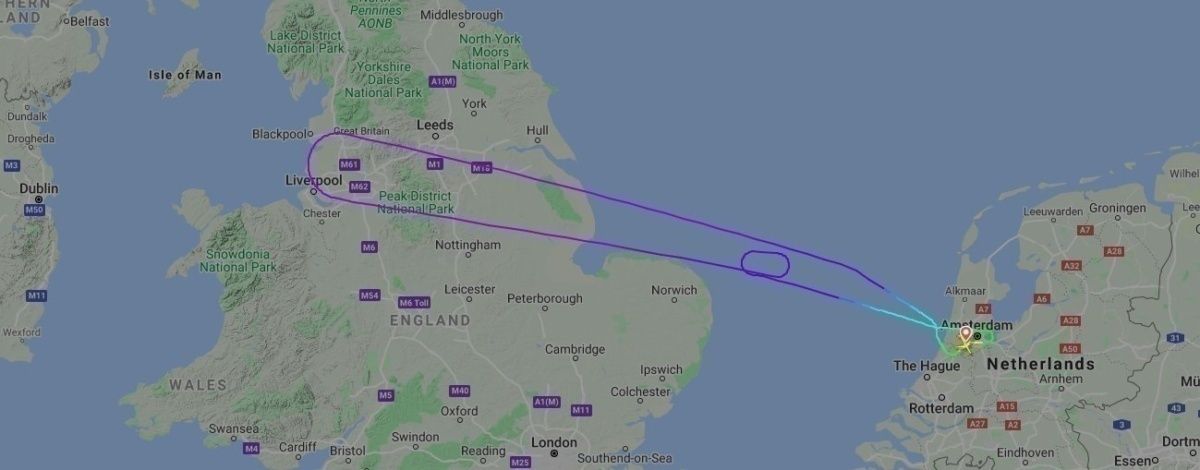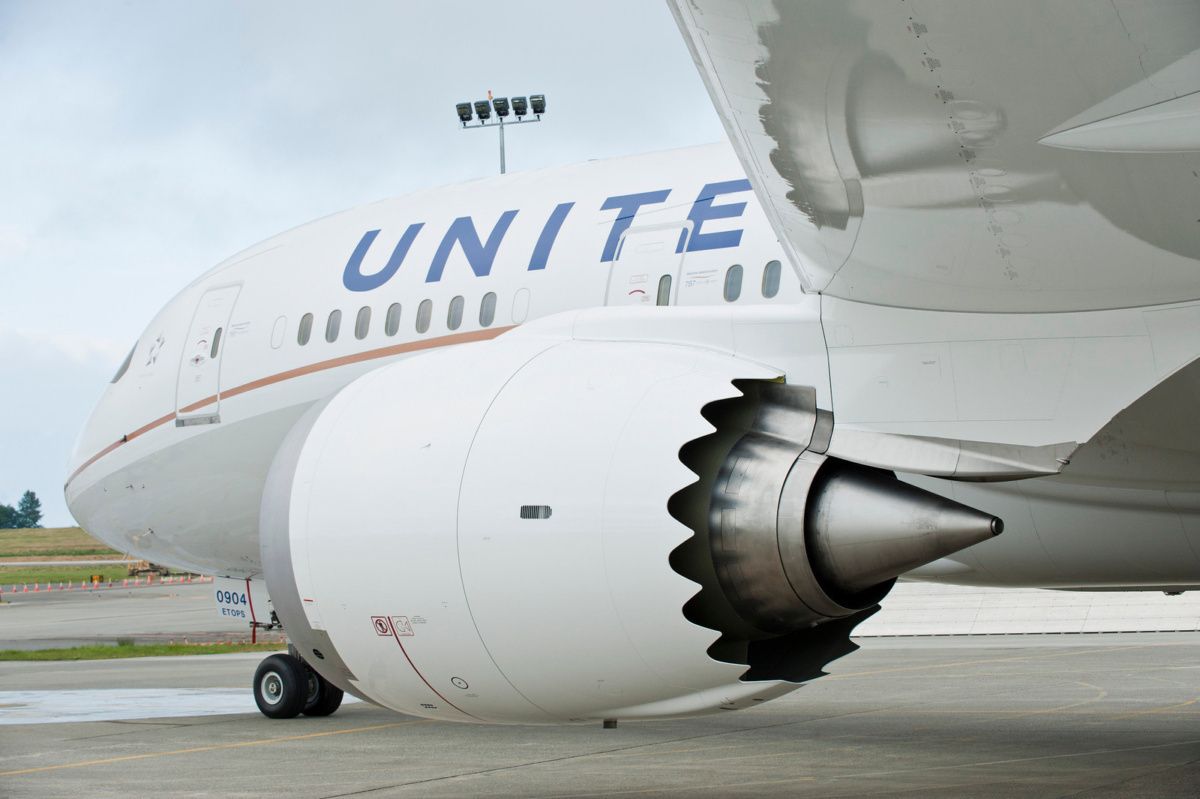A United Airlines Boeing 787-10 Dreamliner returned to Amsterdam Airport Schiphol (AMS) on July 2 after reporting airframe vibrations. The six-month-old aircraft with registration number N12010 was operating as flight UA2811 from Amsterdam to Chicago's O'Hare International Airport (ORD).
While cruising at 33,000 feet just northwest of Manchester, England, the crew decided to return to Amsterdam. The decision for the turnaround was made following an airframe vibration according to the website The Aviation Herald.
The transponder code was set to general emergency
The aircraft continued to fly at 33,000 feet while setting the transponder code to a general emergency. When the plane was back over the North Sea, Amsterdam Air Traffic Control, after checking with Amsterdam Radar, contacted the pilots to ask if they needed any assistance. The crew replied that they did not, while also not identifying why they had decided to return to the Netherlands.
Amsterdam Air Traffic Control then asked why they had changed the transponder's frequency to ensure that the flight had not been compromised. The crew replied that the previous ATC member they were in contact with had told them to set the frequency to a general emergency. Amsterdam ATC asked them to switch the transponder code back to its initially assigned code. After a handoff to a discreet frequency, the crew told Amsterdam ATC that they had encountered an airframe vibration and that it had since subsided, and that they had full control of the plane.
After dumping fuel over the North Sea, the plane landed safely on Amsterdams runway 27 and taxied to the apron some 100 minutes after departure.
Why return to Amsterdam?
If the pilots of flight UA2811 had encountered something like an airframe vibration, you would think that they would have diverted to the nearest airport. When looking at the flight path on flight tracking website Flightradar24, we can see that Manchester, Liverpool, and even East Midlands Airport would have been landing options.
During the COVID-19 crisis and the subsequent ban on Europeans flying to America that was introduced in early March, there has been virtually no passenger traffic between Europe and the US. What this means is that flight UA2811 was most probably carrying cargo. With that in mind, perhaps the crew decided it would be better to return to the point of departure in case the shipment needed to be offloaded. Again looking a Flightradar24, we can see that the plane returned to Chicago the following day, this time as flight number UA2786.
What can cause aircraft vibration on modern jets
Aircraft vibration during flight is not uncommon with many factors such as the deployment and retraction of the landing gear. The extension of speed brakes, free play in movable surfaces, and system malfunctions.
Pilots need to understand the underlying cause of the vibration so that they can take the appropriate action to maintain the plane's integrity and flight safety.
In the case of United flight UA-2811, there is some speculation that it could have been caused by the underwing refueling panel door becoming unlatched.
Simple Flying has reached out to United to see if we can find out what caused the vibration. United Airlines has confirmed that it was a cargo-only flight but had no comment as to the cause.



